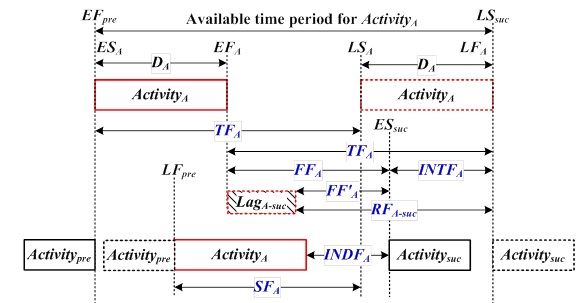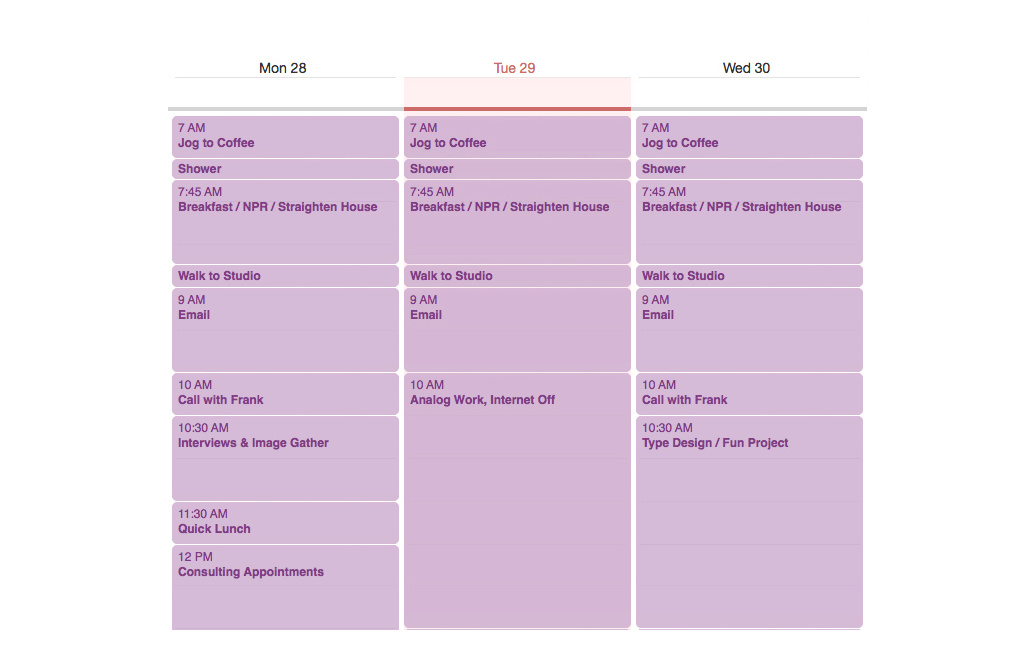Time Slot Management Definition
Gone are the days when the customer would wait for weeks or days to get a parcel delivered. Speed is the new rule. The customer’s demand for faster and same-day deliveries is increasing by the day, and businesses are investing in smarter logistics solutions to fasten their delivery processes. But, fast delivery isn’t enough to satisfy the customer.
Even if your order reaches the customer quickly, if it meets a locked door, it doesn’t really satisfy the customer. Failed deliveries are a major last-mile challenge. Missing a delivery not only leaves the customer unhappy, but it also increases the total cost of logistics for the business.
According to an Oracle customer survey, 86% of consumers feel that retailers should offer them the ability to choose the most convenient delivery option at the time of ordering. However, there is a gap in what customers expect and what they get. 47% of consumers report that the delivery option they want is sometimes, rarely, or never available. It is, therefore essential that your order reaches the customer at a time when it is suitable for the customer or someone on his/her behalf to receive it at the address.
Time slot management is thereby a decisive link between loaders, carriers, collectors and the plant. It enables an organized logistical process with advantages for all those involved: Reduced and more reliable throughput times for carriers and plant traffic and, as such, more stable transport schedules. Time slot meaning: 1. A time when something can happen or is planned to happen, especially when it is one of several. Browse the definition and meaning of more terms similar to Time Slot. The Management Dictionary covers over 7000 business concepts from 6 categories. This definition and concept has been researched & authored by our Business Concepts Team members. Search & Explore: Management Dictionary. Time slot management is thereby a decisive link between loaders, carriers, collectors and the plant. It enables an organized logistical process with advantages for all those involved: Reduced and more reliable throughput times for carriers and plant traffic and, as such, more stable transport schedules.
A time slot management system allows customers to choose delivery timings based on their availability and convenience. It improves customer satisfaction and helps you plan deliveries efficiently. Many companies in E-grocery, white glove furniture delivery, home services, retail, pharmacy, and other sectors are now offering convenient delivery windows to their customers. A dynamic time-slot management system improves logistics planning and execution in several ways.
How does Time Slot Management improve your logistics?

Streamlines Dispatch Planning and Processes
Offering preferred delivery windows may make the customers happy, but it makes logistics operations more hectic than it already is. With the help of timeslot delivery schedules, logistics managers can plan daily and even hourly dispatches in a more efficient manner. Shippers can plan loading and unloading to suit specific requirements, avoid traffic and road congestions at peak times and optimize capacity utilization by ensuring staff availability coincides with the arrival and dispatch of goods.
Timeslot management also allows setting a sequence for shipments from booked time frames, optimizing dispatch planning and execution processes. Carriers can book their preferred time slots via an electronic schedule on a cloud-based platform, reducing truck waiting times and the need for manual intervention.
Increases First Attempt Delivery Rate
The cost of missed or incorrect deliveries is something a business cannot afford. According to a survey by Voxware, 16% of customers will abandon shopping with a retailer altogether if they receive an incorrect delivery once, while 14% will do so if they receive a late delivery just one time. Moreover, the average cost of re-delivery is $15/order and the follow-on cost for a second attempt delivery is equivalent to delivering three packages.
A time-slot delivery system helps you reduce the number of missed or failed deliveries and achieve a higher First Attempt Delivery Rate. By delivering at the customer’s preferred delivery window, you not only improve customer satisfaction but also save the added costs involved in storing, shipping, and delivering undelivered parcels.
Improves Visibility in Logistics

Implementing time-slot based delivery helps logistics managers gain more control over logistics activities, communicate better with customers and stay on top of on-ground operations to ensure timely and efficient delivery of orders.
Time Slot Management Definition Economics
Innovative logistics solutions such as time-slot management offer a dashboard view of the entire last-mile delivery process, including dynamic routing, predictive alerts, accurate ETAs and live tracking of order status, thereby bringing in greater visibility in the system and allowing managers to take effective measures in case of unnecessary delays. This helps in delivering orders at the customer’s doorstep at the timeslot he/she demands.
Check Out: The Definitive Guide to Logistics Route Planning

Better Customer Experience
At The Time Slot
On-time delivery and customer satisfaction go hand in hand. When the customer receives the order not just in time, but also at the preferred delivery slot, he/she feels more valued by the brand and is more likely to continue with the same brand. Efficient last-mile fulfillment improves the overall buying experience, leads to higher customer satisfaction, and improved brand loyalty.
Locus’s time slot management offers a centralized communication platform with which the most varied logistical requirements can be depicted. Locus’s time slot management system paves the way to optimized truck handling and thereby saves time and costs.
Time Slot Management
- Increased transparency and improved planning capability
- Minimized waiting and throughput times, prevention of congestion
- Improved First Attempt Delivery Rate
- Easier and efficient coordination for all those involved in last-mile operations
- Uniform utilization of loading resources/capacities
- Predictive resources planning
- Quicker on-ground operations, for example, through paperless procedures
- Better vehicle utilization with integration of empty containers, pallets, returnable packaging
- Reduced costs of inventory and reverse logistics
- Complete integration in a dynamic, real-time and on-demand supply system.
Customer preferences and buying behaviors are changing dramatically and modern supply chain enterprises need to respond to such dynamic demands by improving their logistics services. Whether you’re operating an E-commerce platform, running a hyperlocal delivery service, or offering third-party logistics solutions, time-slot management is a strong tool that can improve your delivery planning and processes while helping you deliver at the customer’s command.
How Locus is managing customer-preferred time windows for its clients. Download Now!